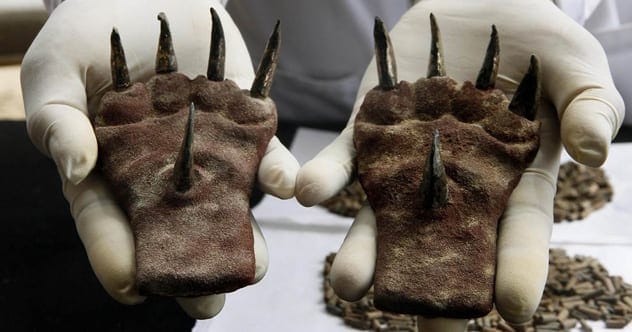Across time, humanity has always sought answers beyond the tangible. From the smallest village to the grandest empire, people looked to gods, spirits, and magic to explain the world and influence their destinies. Recent archaeological discoveries offer a glimpse into these ancient mystical beliefs, revealing the rituals, hopes, and fears of our ancestors. Let’s explore ten fascinating finds that shed light on the mystical side of the ancient world.
Scrolls For Tortured Souls
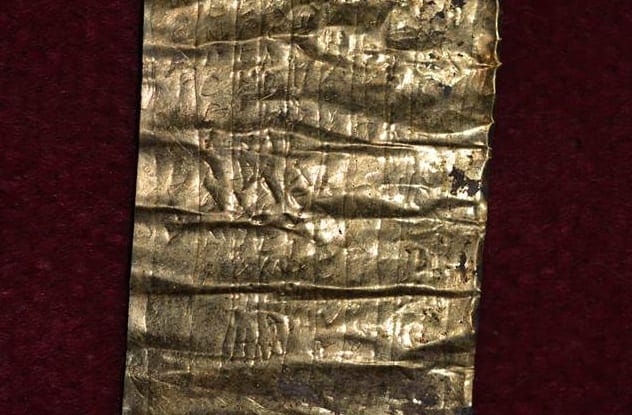
In Kostolac, Serbia, surveyors unearthed a 4th-century BC burial ground, part of the Roman outpost of Viminacium. Among the 2,000-year-old skeletons were leaden amulets containing tiny gold and silver scrolls. These “curse tablets” were spells intended to influence the lives of others through otherworldly powers.
The presence of these scrolls suggests the individuals buried with them met violent ends. It was believed that tortured souls could more easily contact the demons who delivered messages to the gods. The scrolls, written in Greek with Aramaic language, remain a linguistic puzzle, unlikely to be deciphered soon.
Galilean Tomb Magic
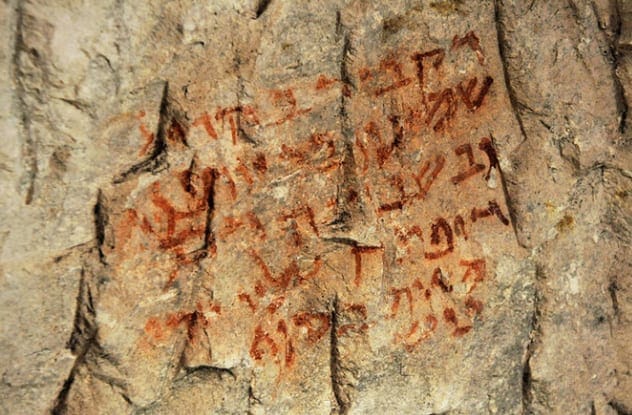
In Beit She’arim necropolis in Southern Galilee, tomb robbers were deterred not by booby traps, but by inscribed curses. Dating back to the early centuries AD, the catacombs feature markings in Greek, Hebrew, Palmyrene, and Aramaic.
These inscriptions expressed wishes for a peaceful resurrection, a tradition not originally Jewish, alongside magical spells in Greek. The spells invoked protection for the dead and curses upon anyone who dared disturb their remains, blending Roman and pagan influences.
The Catalhoyuk Statuette
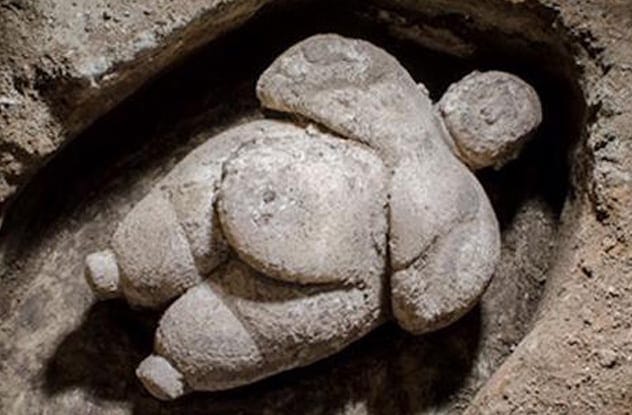
Catalhoyuk, a Neolithic settlement in Turkey dating back to 7,500 BC, has yielded many archaeological treasures, including a recent discovery of a 7-inch marble statuette of a woman. This figure stands out due to its substantial size compared to other female representations from that era.
While similar figurines were initially thought to be fertility goddesses, some researchers now suggest that they represent respected elderly women within the community. In this egalitarian society, corpulence was a sign of status, indicating a sedentary and distinguished clerical or bureaucratic role.
Re-Used Roman Coffin
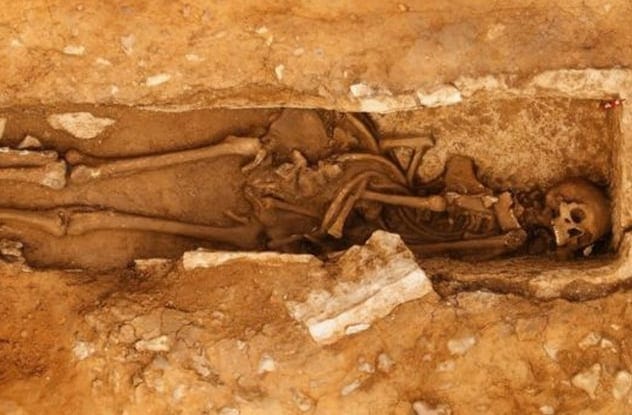
At a grave site in Dorset Quarry, England, archaeologists found a stone sarcophagus containing the skeleton of a man who died around 1,500–2,000 years ago. Despite the prevailing fear of sacrilege, this discovery indicates coffin recycling was common among Roman Britons.
Only about 100 such burials have been found across Roman Britain, suggesting the man, who died between 20 and 30 years old, held high status. However, the coffin was too small for his 177-centimeter frame, with his feet bent back to fit, indicating it was a reused, ill-fitting sarcophagus.
Moche Ritual Cat Claws
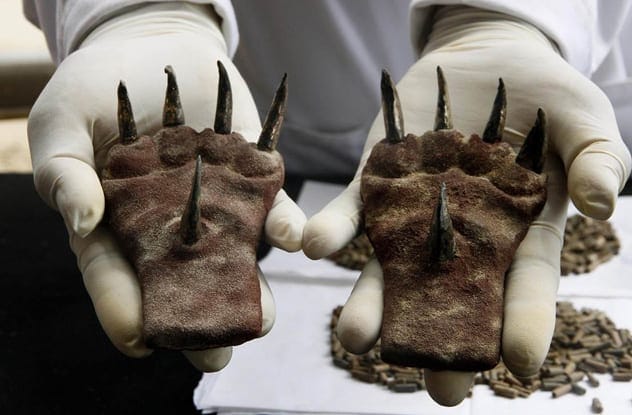
The Moche civilization, known for their temple building and metalworking skills, thrived in northern Peru from AD 100–800. At the Huaca de la Luna (Temple of the Moon) in Trujillo, archaeologists discovered a pair of metal cat claws in a tomb.
The tomb also contained a man’s body, a mask, bronze earrings, a copper scepter, and ceramics. These claws likely symbolized nobility or societal influence rather than serving as weapons. It’s believed the Moche engaged in ritual combat, where the winner received the claws and costume, while the loser was sacrificed.
Shamanic Animal Bone Burial
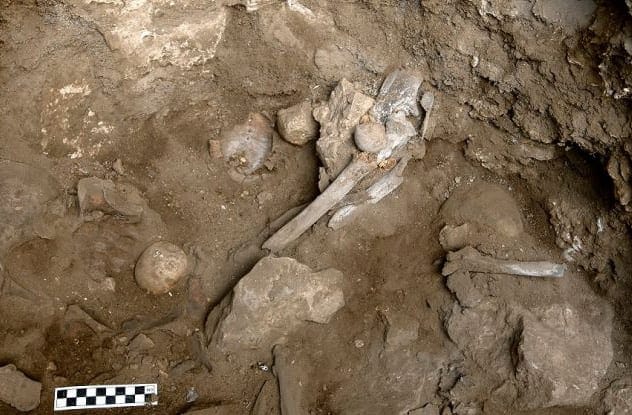
A 12,000-year-old Natufian grave site in Galilee reveals a complex, six-stage burial process. Among nearly 30 bodies found in the burial cave near the Hilazon River, one is believed to be a female shaman, surrounded by numerous animal parts.
The burial included a bovine tailbone, an eagle wing, a pig leg, a leopard pelvis, 86 tortoise shells, deer bones, and a human foot. The grave was lined with plaster and stone slabs, layered with animal parts and flint tools, then the woman’s body, and finally sealed with more bones and a triangular stone slab. This elaborate process reflects the Natufians’ early civilization innovations.
The Vestal Virgin Hairdo
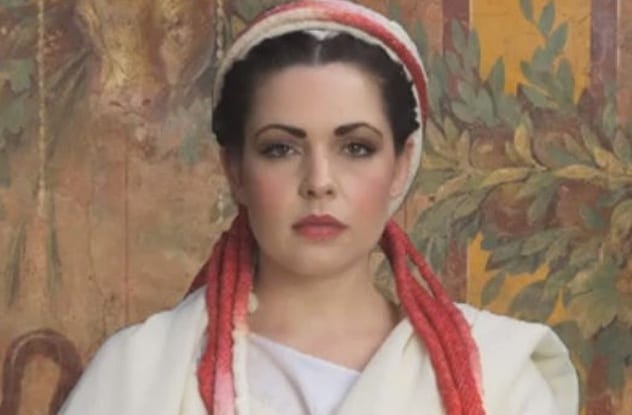
In ancient Rome, hairstyles were powerful statements of identity, indicating age, gender, and social status. While most styles have been lost to history, hair-chaeologist Janet Stephens revived one: the seni crines, a style consisting of six braids.
The seni crines was worn by Rome’s vestal virgins, the celibate priestesses of Vesta, who maintained the eternal Roman flame. This hairstyle distinguished them as spiritual tenders and symbolized their unique role in Roman society.
Medusa Good-Luck Charm
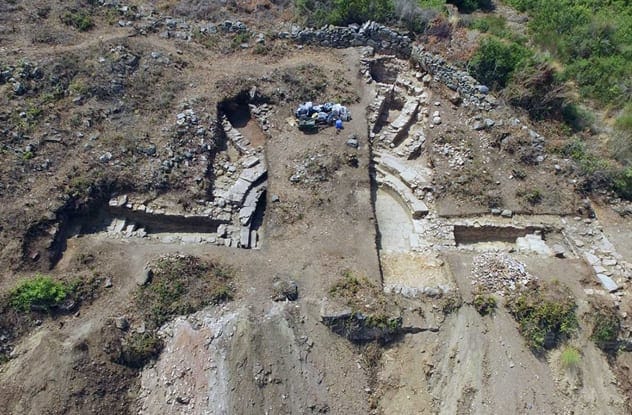
Medusa, the serpent-haired Gorgon, is often associated with evil. However, in ancient times, she was also seen as a symbol of good luck. In Antiochia ad Cragum, a first-century Roman city in southern Turkey, archaeologists discovered a marble Medusa head.
This decoration served as an apotropaic charm, intended to ward off evil and protect the settlement. Similar sculptures adorned the city, but many were destroyed by Christians who opposed pagan iconography, illustrating the shifting beliefs of the time.
Monument To The River God
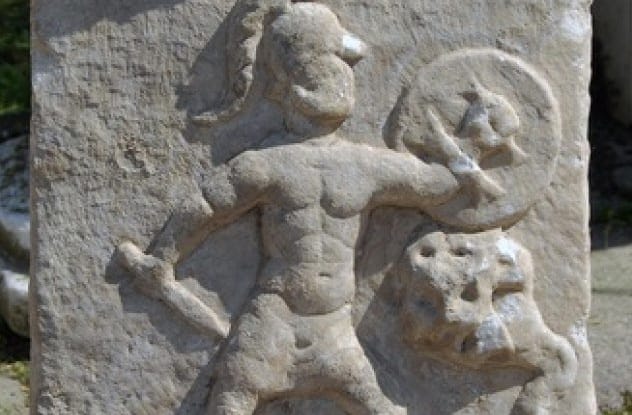
In ancient times, people believed it was essential to appease the gods, who communicated through dreams and other mediums. When the river god Harpasos appeared to Flavius Ouliades in a dream almost 2,000 years ago, it was seen as a direct message from the heavens.
Ouliades erected a marble shrine next to the AkCay River in southeastern Turkey to honor Harpasos, hoping for a bountiful harvest and protection from floods. The monument may depict Hercules’s son, Bargasos, defeating a river monster or Hercules himself slaying the hydra, paying tribute to the divine powers associated with the river.
Egyptian Spells Of Manipulation
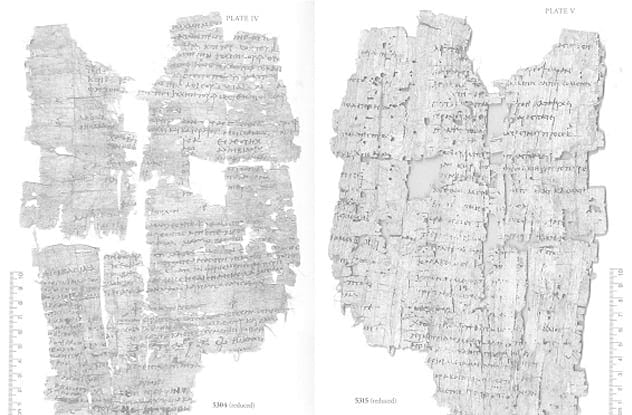
Ancient Egyptians possessed a wide range of magical spells, especially for matters of love. Recently deciphered papyri from Oxyrhynchus reveal spells designed to control the minds of others. Written in Greek about 1,800 years ago, these spells promised varying levels of influence.
One spell aimed to subjugate a male victim to the wielder’s will, while another was designed to “burn a woman’s heart” until she fell in love with the caster. These spells were adaptable, requiring only the insertion of a name to curse the intended with overwhelming passion.
These ancient finds provide invaluable insight into the mystical beliefs that shaped the lives of our ancestors. From protective charms to elaborate burial rituals, these discoveries highlight humanity’s enduring quest to understand and influence the world through the supernatural.
What do you find most fascinating about these ancient mystical beliefs? Leave your comment below!


